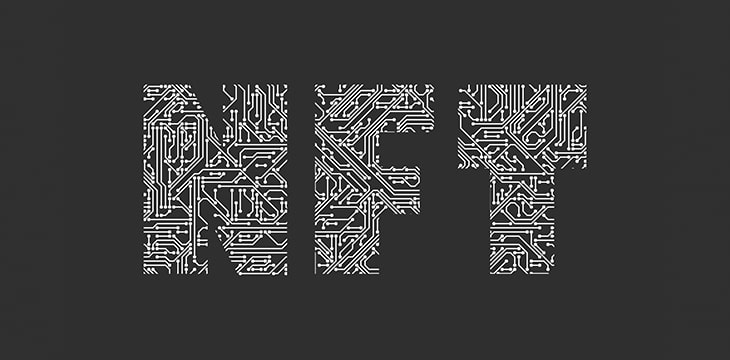|
Getting your Trinity Audio player ready...
|
This post originally appeared on the TAAL Distributed Information Technologies Inc. (CSE:TAAL | FWB:9SQ1 | OTC: TAALF) newsletter, and we republished with permission from its author Jerry Chan.
In the recent craze to tokenize everything including the kitchen sink, in which an original tweet from Jack Dorsey netted an eye-watering $2.9M, it is easy to lose sight of where real value lies. To me, while a non-fungible token (NFT) has potential as a concept, and certainly increases mainstream awareness of the blockchain, in reality it misses the value and potential of blockchain technology.
The clearest challenge for many NFTs issued to date is that a token that represents ownership of a digital asset isn’t going to be legally enforceable if it isn’t accompanied by a digitally signed deed of ownership. This is the critical piece that such blockchain projects ignore—the fact that blockchain works only if it is not done within robust, existing legal frameworks. You don’t really own something if you don’t have the legal right to it. While this is obvious for tokenized natural assets such as stocks, bonds and property, as the depository or issuer of the token must have physical possession of the asset that token represents, this isn’t as obvious for digital assets, such as a virtual item from a game, or a photoshopped picture of a bridge. The reason is because people want to believe that a token with a digital link to a picture is enough to convey ownership. Well, it should not be a surprise for most to learn that, in legal terms at least, it does not establish ownership.
What ownership of a digital asset really entails to is the right to prevent its unlicensed use/viewing/downloading, and the right to benefit or value that the digital asset may bring. If this is not codified in an official legal contract or deed which is stored on-chain (on the blockchain itself) then having a token which professes to bestow ownership of a digital asset will not really hold up in a court of law. And if a token of ownership can’t hold up in a court of law in which someone could reliably enforce copyright, then what good is the token? What would it be worth?
Storing contracts or deeds of ownership is something that the designers of the STAS Token protocol, which is owned by TAAL, has put a lot of time into thinking about. As one of those on the team helping with the protocol’s early development, I can say that making sure it could conform into existing legal frameworks was one of the original design goals of the protocol. With STAS, a legal contract or deed is an integral part of any token issuance, and as such is able to be linked to a specific Satoshi (the smallest unit of bitcoin). As the blockchain is an immutable ledger of records, such a digitally signed legal deed would be submissible in a court of law. Couple this deed with the digital fingerprint of the digital asset, and the blockchain transaction becomes an indelible record that the digital asset creator has passed ownership rights to whomever is the current holder of that specific token. And unlike Ethereum tokens which act more like public ledger entries (implemented as ERC74 smart contracts), STAS tokens are embodied as actual Satoshi native coins, so that the transaction history of the token is embodied by the movement of the coin on blockchain itself, and there doesn’t need to be an ever-growing public registry of ownership that is stored on the blockchain, adding to bloat.
The recent rush to tokenize assets will likely generate interest among institutions with legal licenses, such as banks, custodians, and depositories, who may look to tokenize assets to leverage the bitcoin blockchain as the record of transfers of the asset. And within a proper legal framework, tokens can likely act as digital ownership deeds to enable the future economy of the frictionless trade, exchange of digital assets, and even real-world assets, with proper controls. The future of blockchain is bright and incredibly exciting, but if you think that the market for ‘rare memes’, or selfies from famous celebrities sold as a token will be worth anything more than a pack of bubblegum or baseball cards, then I have a bridge in New York that I’d like to sell you…
To learn more, contact TAAL at [email protected]

 12-19-2025
12-19-2025 




